Origins: The American pit bull terrier, also known as a pit bull, originated in the United States in the 19th century. They were bred by crossing bulldogs and terriers. These dogs were used to fight bulls and other animals, as well as to fight other dogs.
History of Use: In the early twentieth century, pit bulls became popular pets, especially among working and middle-class people in the United States. They were used for a variety of purposes, such as rodent control, territory protection, and hunting.
However, pit bulls also became popular for fighting competitions, where their aggressiveness and stamina were used to fight other dogs. This led to a negative reputation for the breed and legislative bans on keeping pit bulls in some countries.
Current Status: Today pit bulls are used as pets, working dogs and therapy dogs. However, they still suffer from the negative reputation associated with their use in fighting competitions. Many countries have laws governing pit bulls.
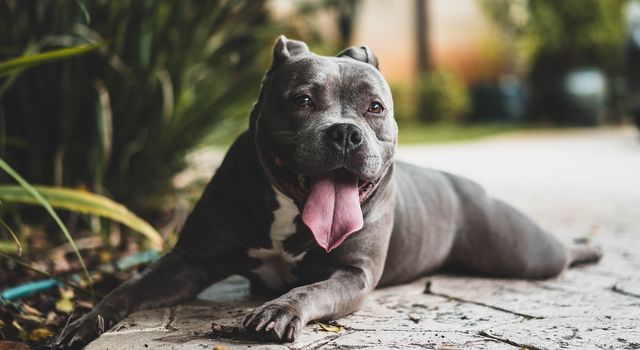
Features
Appearance: The American pit bull terrier has a muscular body with a short, smooth coat. They have a broad head with strong jaws and strong front paws. Colors can vary, but the most common are black, white, red, and spotted.
Character: Pit bulls are energetic, strong and loyal dogs. They often show a high degree of aggression, especially toward other dogs. At the same time, they can be very friendly and loving with their owners and others, if properly socialized and trained.
Behavioral traits: Pit bulls have a high degree of energy and require a fair amount of physical and mental stimulation. They can be trained for a variety of tasks, including service as working dogs, search and rescue dogs, and therapy dogs. However, because of their high degree of aggression and potential for dangerous behavior, it is important to properly train and socialize the pit bull.
Care
Feeding: Pit bulls require a healthy and balanced diet, which should consist of quality dog food. It is important to watch the amount of food and not to overfeed to avoid obesity.
Training: Pit bulls require extensive socialization and training to control their aggression and prevent dangerous behavior. It is recommended to begin training at a young age and use positive training methods.
Health: Pit bulls may suffer from various diseases, including hip dysplasia, atopic dermatitis, allergies, and tumors. Regular vet visits and exams can help prevent these conditions.
Grooming: Pit bulls do not require much grooming, but it is recommended to brush their teeth regularly, trim their claws, and wash them if they get dirty.

Problems associated with the breed
Aggressiveness: Pit bulls are known to be aggressive, especially toward other dogs. This can make them dangerous to other animals and people if not properly trained and socialized.
Improper housing: Pit bulls need socialization, training and attention. If they are not trained and kept in the wrong environment, they can become dangerous and cause trouble. It is important to pay sufficient attention to the care of your pit bull and prevent any situations that could lead to danger.
Legal issues: Some countries and regions have laws that prohibit keeping certain breeds of dogs, including pit bulls. Pit bull owners may face legal problems if they do not follow these laws or if their dogs become a danger to others.
How many years does a pit bull live?
The life expectancy of pit bulls is usually between 12 and 16 years. However, like all dog breeds, the life expectancy of pit bulls can depend on many factors, including quality of health, degree of exercise, quality of care, and genetic factors.
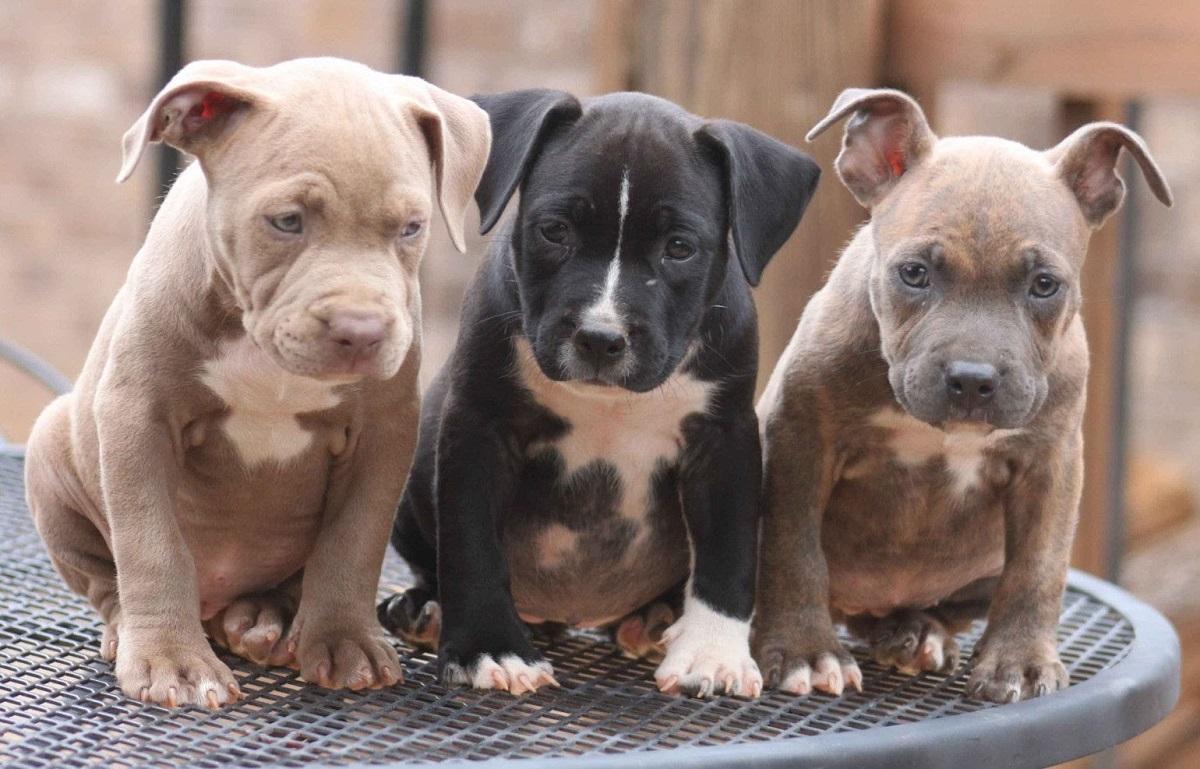
Top 10 facts about the American pit bull terrier (pit bull):
- The American pit bull terrier was bred in the United States by crossing bulldogs and terriers in the 19th century.
- Pit bulls have been used for a variety of purposes, including rodent control, territory protection, hunting, and fighting competition.
- Pit bulls have muscular bodies with short, sleek coats and wide heads with strong jaws.
- Pit bulls are known to be aggressive, especially toward other dogs. However, they can be very friendly and loving with their owners and others if properly socialized and trained.
- Pit bulls can become dangerous if they do not get enough socialization and training, or if they are kept in unsuitable conditions.
- Pit bulls require intense training and physical stimulation to control their aggression and prevent dangerous behavior.
- Pit bulls can suffer from a variety of diseases, including hip dysplasia, atopic dermatitis, allergies and tumors.
- Some countries and regions have laws that prohibit certain breeds of dogs, including pit bulls.
- Pit bulls can be used as pets, working dogs, and therapy dogs.
- Pit bulls have a negative reputation associated with their use in fighting competitions. However, with proper socialization and training, they can be friendly and loyal dogs.
Conclusions
The American Pit Bull Terrier (pit bull) is a dog breed that has a long and not always positive history. Despite their high degree of aggression, pit bulls can be very loyal and loving with their owners and others if properly socialized and trained.
However, because of the negative reputation associated with their use in fighting competitions, there are laws in some countries and regions that prohibit keeping pit bulls.
If you are considering owning a pit bull, it is important to research the breed thoroughly and make sure you can provide them with enough attention, training and socialization. It is also important to follow the laws related to keeping pit bulls and be prepared for possible legal problems related to this breed.
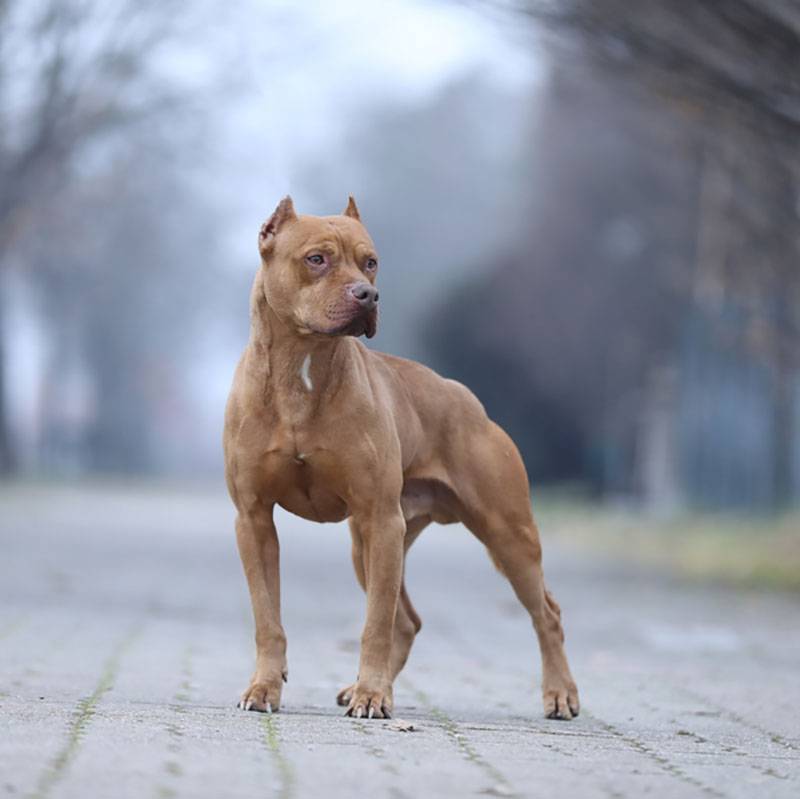



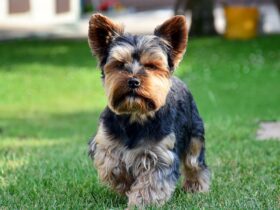

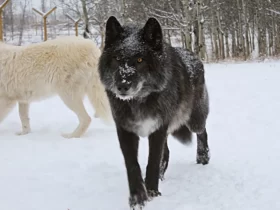
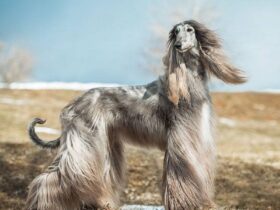


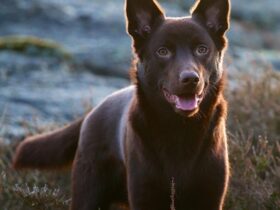
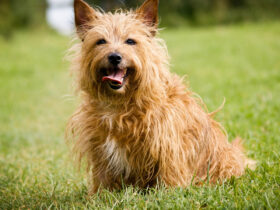
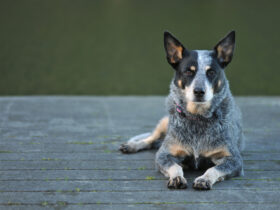

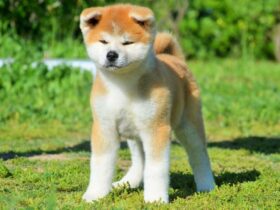
Leave a Reply